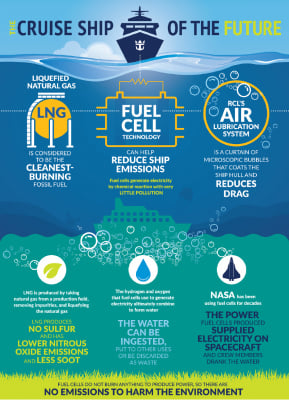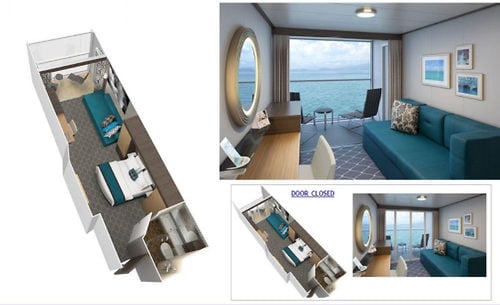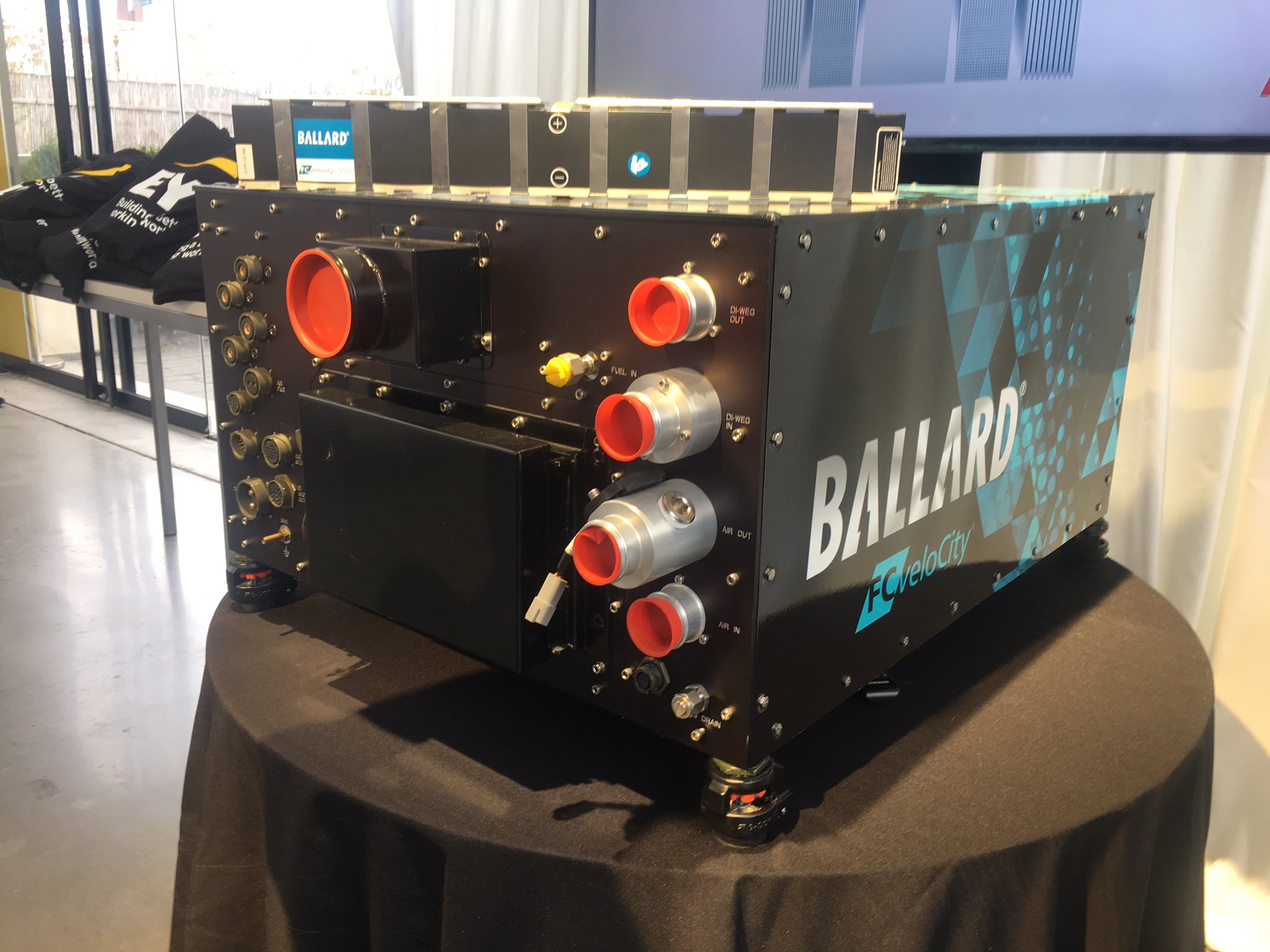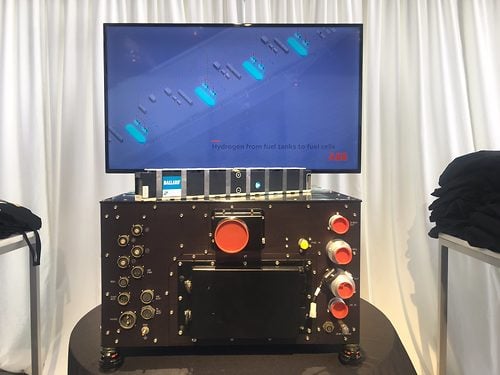Royal Caribbean announced today it has said that it has signed a memorandum of understanding with shipbuilder Meyer Turku to build a new class of cruise ships that will be powered by liquefied natural gas (LNG).
The new cruise ships will join Royal Caribbean's fleet and are under the project name "Icon". The Icon ships would likely accommodate approximately 5,000 passengers, but details are still being worked out.
The vessels will be delivered in the second quarters of 2022 and 2024. In the meantime, the company said, it will begin testing fuel cell technology on an existing Oasis-class ship in 2017, and will also run progressively larger fuel cell projects on new Quantum class vessels being built in the next several years.

According to Royal Caribbean, the use of LNG and the introduction of fuel cell technology will usher in a new era of shipbuilding that will dramatically reduce greenhouse gas emissions.
"With Icon class, we move further in the journey to take the smoke out of our smokestacks," said Richard Fain, chairman and chief executive officer of Royal Caribbean Cruises, Ltd. "We are dedicated to innovation, continuous improvement, and environmental responsibility, and Icon gives us the opportunity to deliver against all three of these pillars."
"Our guests expect us to push every envelope we can," said Michael Bayley, president and chief executive officer of Royal Caribbean International. "And on this new class of ship, we began by challenging ourselves to find a new approach to power and propulsion that is safe, reliable, and more energy-efficient than ever before." Bayley added that exciting and innovative new guest experience elements of the Icon class design will be revealed later in the development process.
The switch to LNG provides further momentum for the technology, which has begun making significant inroads in the maritime industry. "Increasing the commitment to LNG makes it easier for suppliers to make their own infrastructure commitments," said Fain. "As more ships are built for LNG, the number of ports that support it will grow." The Icon ships are expected to run primarily on LNG but will also be able to run on distillate fuel, to accommodate occasional itineraries that call on ports without LNG infrastructure.
This order is contingent upon the completion of contractual conditions, including documentation and financing. Final contracts are expected to be completed by year end. Based upon current ship orders, projected capital expenditures for full year 2016, 2017, 2018, 2019 and 2020 are $2.4 billion, $0.5 billion, $2.6 billion, $1.5 billion and $2.0 billion, respectively. Capacity increases for 2016 through 2020 remain unchanged and do not include potential ship sales or additions that the company may elect to make in the future.




